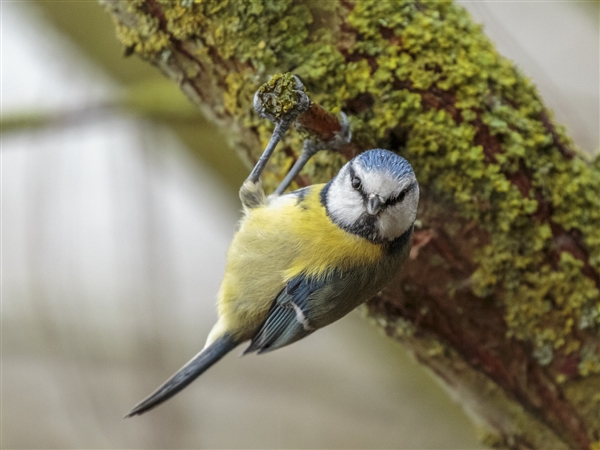For many birds, winter can be a tough time. Big or small, countryside or urban dwellers, finding food, warmth and shelter can be hard work during the colder, shorter days of winter. But that doesn't seem to bother this little blue tit, who looks pretty relaxed hanging out on this branch.

Hey guys, do you like my impression of a bat? (photo courtesy of Nature's Home reader Mark Glenister)
We've got some tips on…